Smooth Sumac, Rhus glabra
snasxs
12 years ago
Related Stories
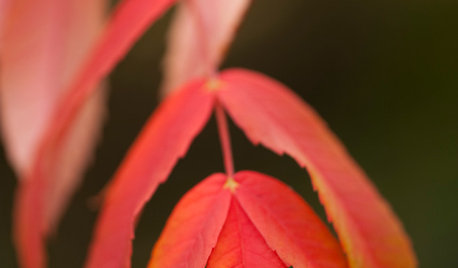
GARDENING GUIDESGreat Design Plant: Rhus Glabra
Smooth sumac provides powerful jolts of fall color and persistent fruit clusters that add interest through the winter
Full Story
WINTER GARDENING10 Native Wildflowers to Beautify Your Winter Garden
They stand strong in wind, feed wildlife and are easy to grow. But you may want to add these plants for their looks alone
Full Story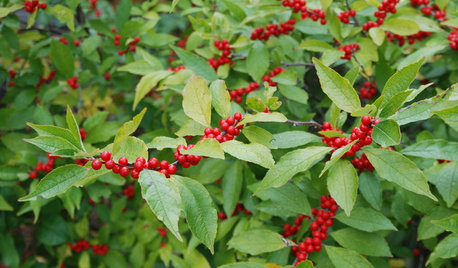
WINTER GARDENINGFire and Ice: 8 Plants That Blaze Once Frost Hits
Not everything in the garden sleeps in the cold — these plants rise and shine in fall and winter, bringing bright color to beat the blahs
Full Story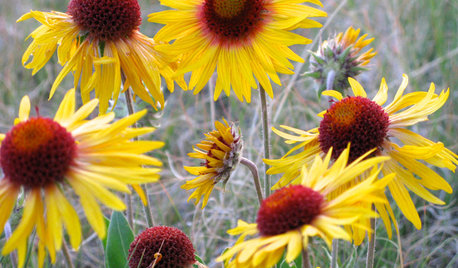
NATIVE PLANTS10 Top Native Plants for the Rocky Mountain Region
Give your landscape a sense of place, and attract pollinators and songbirds, with these native plants
Full Story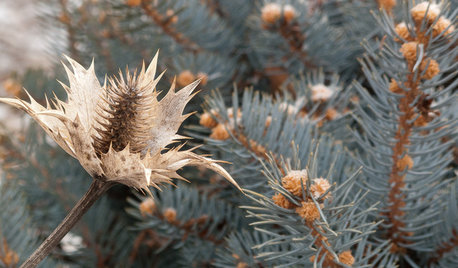
WINTER GARDENINGInspiring Winter Scenes From the Denver Botanic Gardens
Use seed heads, bare branches and grasses to design lovely garden displays when the ground is frozen
Full Story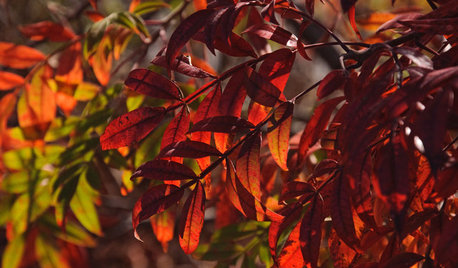
GARDENING GUIDESGreat Lakes Gardener's October Checklist
Enjoy nature's fall finery while stockpiling leaves, bringing delicate perennials indoors and grabbing some pumpkins for decorating
Full Story






Iris GW
jcalhoun
Related Discussions
Is this really an out of place poison sumac?
Q
Sumac Tree Question
Q
Sumac Question
Q
Sumac? Tree ID
Q
brandon7 TN_zone7
snasxsOriginal Author
brandon7 TN_zone7
snasxsOriginal Author
Iris GW
brandon7 TN_zone7
viburnumvalley
snasxsOriginal Author
snasxsOriginal Author
snasxsOriginal Author
flora_uk
Iris GW
snasxsOriginal Author
snasxsOriginal Author
Iris GW
Iris GW
snasxsOriginal Author
Iris GW
snasxsOriginal Author
j0nd03
snasxsOriginal Author
j0nd03
snasxsOriginal Author
j0nd03
snasxsOriginal Author
brandon7 TN_zone7
snasxsOriginal Author
Iris GW
brandon7 TN_zone7
snasxsOriginal Author
brandon7 TN_zone7
snasxsOriginal Author
brandon7 TN_zone7
sam_md
snasxsOriginal Author
viburnumvalley
wisconsitom
mackel_in_dfw
snasxsOriginal Author
brandon7 TN_zone7
arktrees
snasxsOriginal Author
lkz5ia
snasxsOriginal Author
viburnumvalley
snasxsOriginal Author
viburnumvalley
snasxsOriginal Author